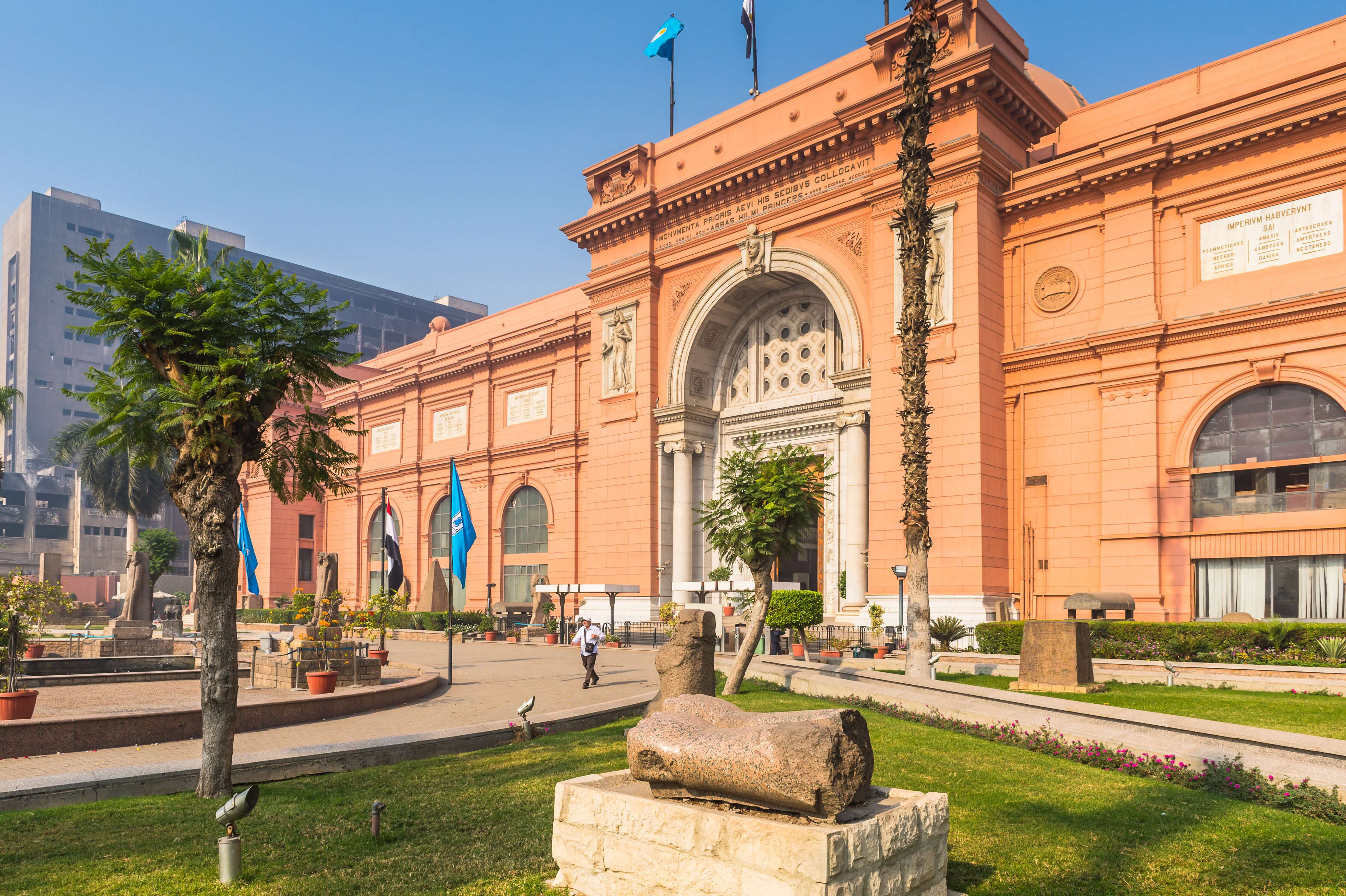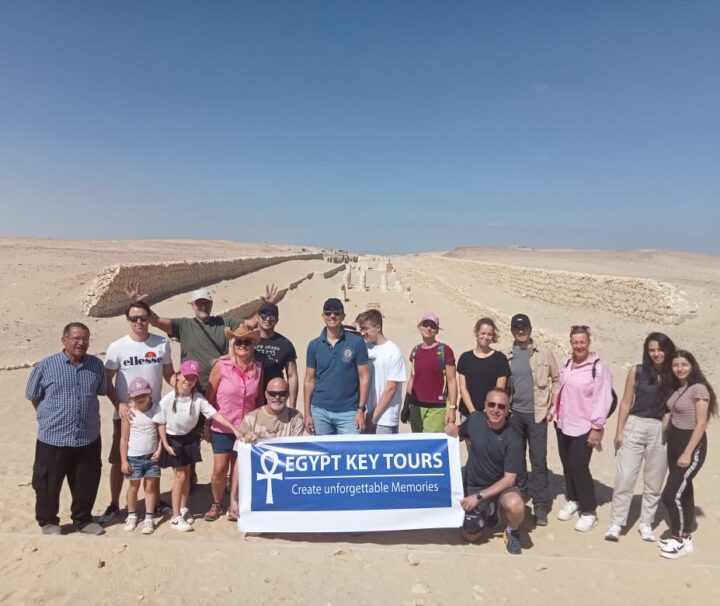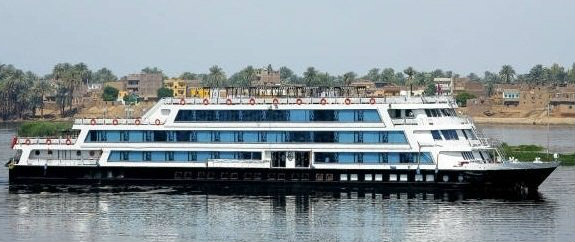Egyptian Museum of Antiquities
The Egyptian Museum in Cairo contains the world’s largest, most extensive collection of pharaonic antiquities; no visit to Egypt is complete without a trip through its galleries. The original collection was established in the late 19th century under Auguste Mariette and housed in Boulaq. The objects were moved in 1891 to the palace of Ismail Pasha in Giza before being transferred in 1902 to the current building at Tahrir Square, which is the first purpose-built museum edifice in the world.
Designed in the Neoclassical style by Marcel Dourgnon, the Egyptian Museum boasts 107 halls filled with artifacts dating from the prehistoric through the Roman periods, with the majority of the collection focused on the pharaonic era. The museum houses approximately 160,000 objects covering 5,000 years of Egypt’s past.
The ground floor takes the visitor on a chronological tour through the collections, while the objects on the upper floor are grouped according to tomb or category; exhibits here include the treasures of Tutankhamun, wooden models of daily life, statuettes of divinities, and a rare group of Faiyum Portraits. On display on the second floor are also many of the New Kingdom royal mummies.
The most popular by far of the museum’s treasures are housed in the Tutankamun gallery on the upper floor. These remarkable artefacts from the boy-king’s tomb, discovered by Howard Carter in 1922 at the valley of kings in Luxor city
the royal mummy room which is second only to the Tutankhamun gallery in popularity. there an extra charge to the mummy room.





